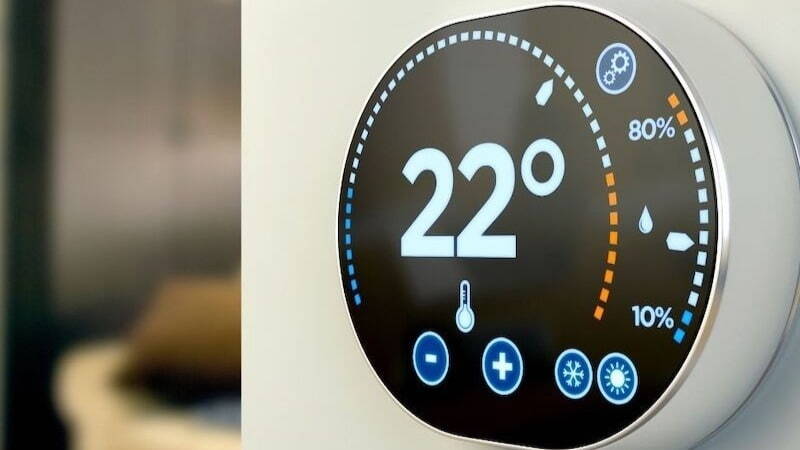Connecting...
What is heat electrification and is it realistic?
over 4 years ago

Heat electrification is one of the buzz phrases of 2021 as COP26, net zero and decarbonisation top the daily headlines. But what is it and how important is it on the UK and Europe’s route to net zero?
Heat electrification explained
Electricity can be generated using renewable energy and is therefore seen as key to the rapid decarbonisation of energy as the UK strives to hit its targets of reaching net zero by 2050 – or even sooner.
Using low carbon electricity to heat our buildings as an alternative to fossil fuels like gas and oil is known as heat decarbonisation.
The concept is straightforward but the reality is a little more complex. Gas is currently cheaper, major upgrades of boilers and infrastructure would be needed to make the switch and behavioural changes will have to be adopted if the plan is going to be a success.
Europe’s net zero ambitions depend on a mass switch to heat pump technology and more automated controls to manage and store renewable energy. Legislative support is being called for to help drive this shift in behaviour but the energy industry and policymakers widely accept that a combination of electrified heat, insulation and smart controls will be at the forefront of driving carbon reduction in the built environment.
Heat electrification in practice
UK and European leaders are looking at a combination of energy efficiency improvements in new and existing buildings along with the electrification of heat. District heating, a system for distributing heat generated in a central location into residential and commercial buildings, will also be important according to the experts behind the European Green Deal. Minimum standards will be required for all buildings, they say, which will strengthen incrementally.
What about hydrogen heating?
Production cost is one of the biggest prohibitors to using hydrogen gas for heating. Additionally, Centrica has stated that it could be at least a decade before they have sufficient availability of hydrogen and less than 5% of hydrogen currently comes from renewable sources. Despite these barriers, significant investment has gone into testing and developing infrastructure for hydrogen heat and gas production in both the UK and EU.
Heat pump technology
The European Heat Pump Association (EHPA) has predicted a four-fold increase in heat pump adoption by 2030. This would equate to 48 to 57 million heat pumps over the next nine years. The manufacturing capacity exists, according to the EHPA, but it is unclear whether the demand would be there for this volume of units or indeed the expertise on the ground to install and maintain them.
Renovation Wave
Building regulations for new build properties are already supporting the rapid introduction of decarbonising technologies. The real challenge comes when upgrading existing buildings. The European Green Deal is aiming to complete a mass programme for improving the efficiency and heating and cooling performance of buildings, known as the ‘Renovation Wave’ strategy.
Renovation Wave proposes to improve 35 million buildings across the EU with the poorest performance in terms of energy. Many of these can be switched to heat pump technology, although a good proportion need considerable retrofit work to improve efficiency to the level required.
So, while heat electrification is high on the agenda in the UK and Europe, the practicalities are yet to be ironed out and it remains to be seen which technologies will become most prominent in the process.
Thornhvac specialises in heating sales jobs and HVAC sales and engineering jobs. Check out our latest Heating Sales Jobs and Renewable Energy Sales Jobs
